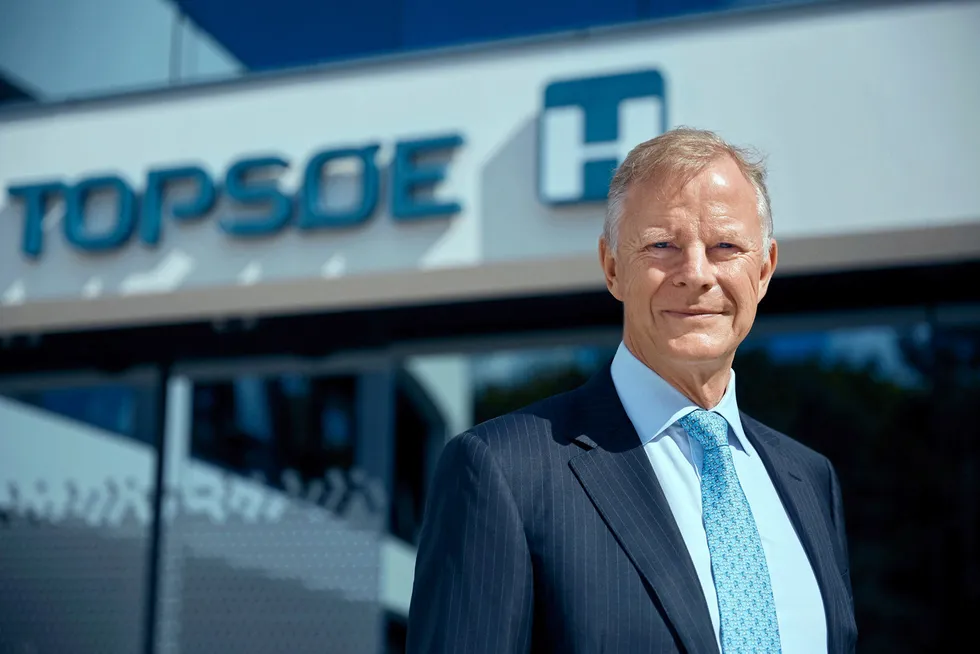Topsoe wins world’s largest ever hydrogen electrolyser order in 5GW green ammonia deal
First 500MW of capacity to be used at ‘world’s first commercial-scale green ammonia plants’ in US and Germany

First 500MW of capacity to be used at ‘world’s first commercial-scale green ammonia plants’ in US and Germany
